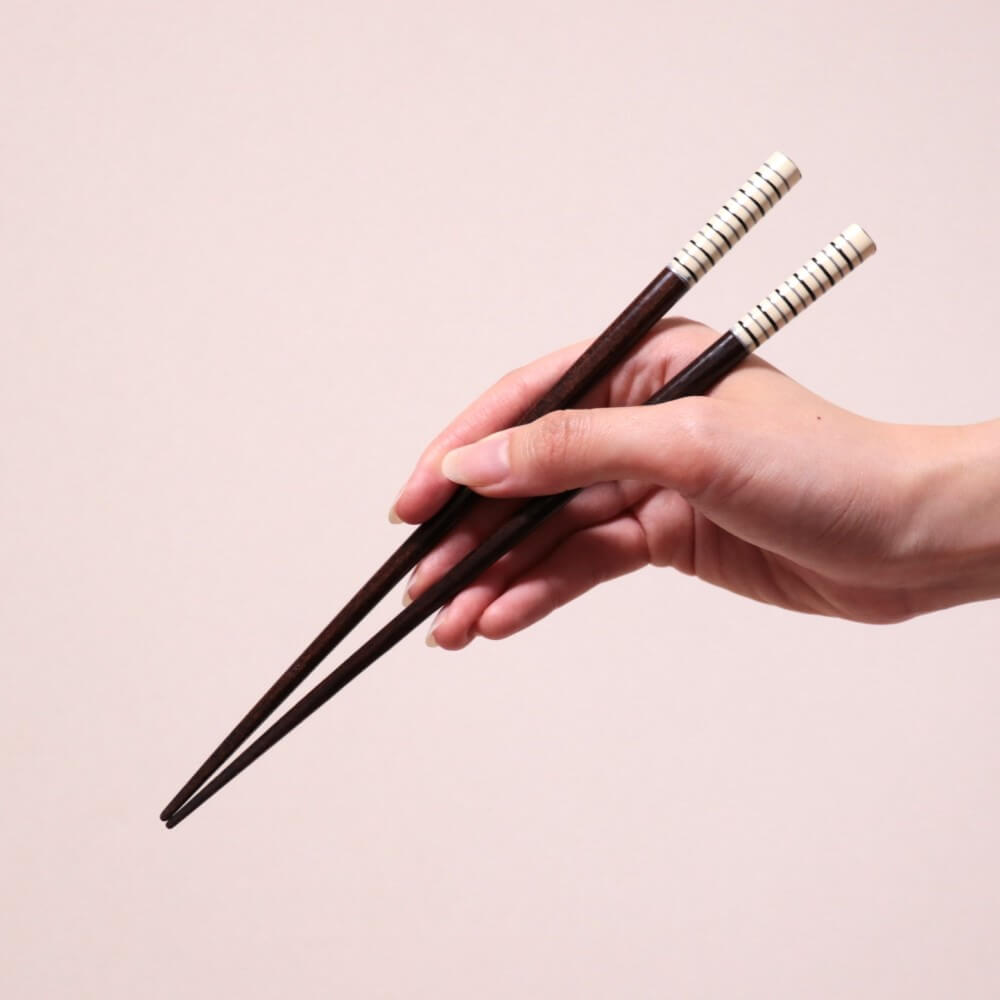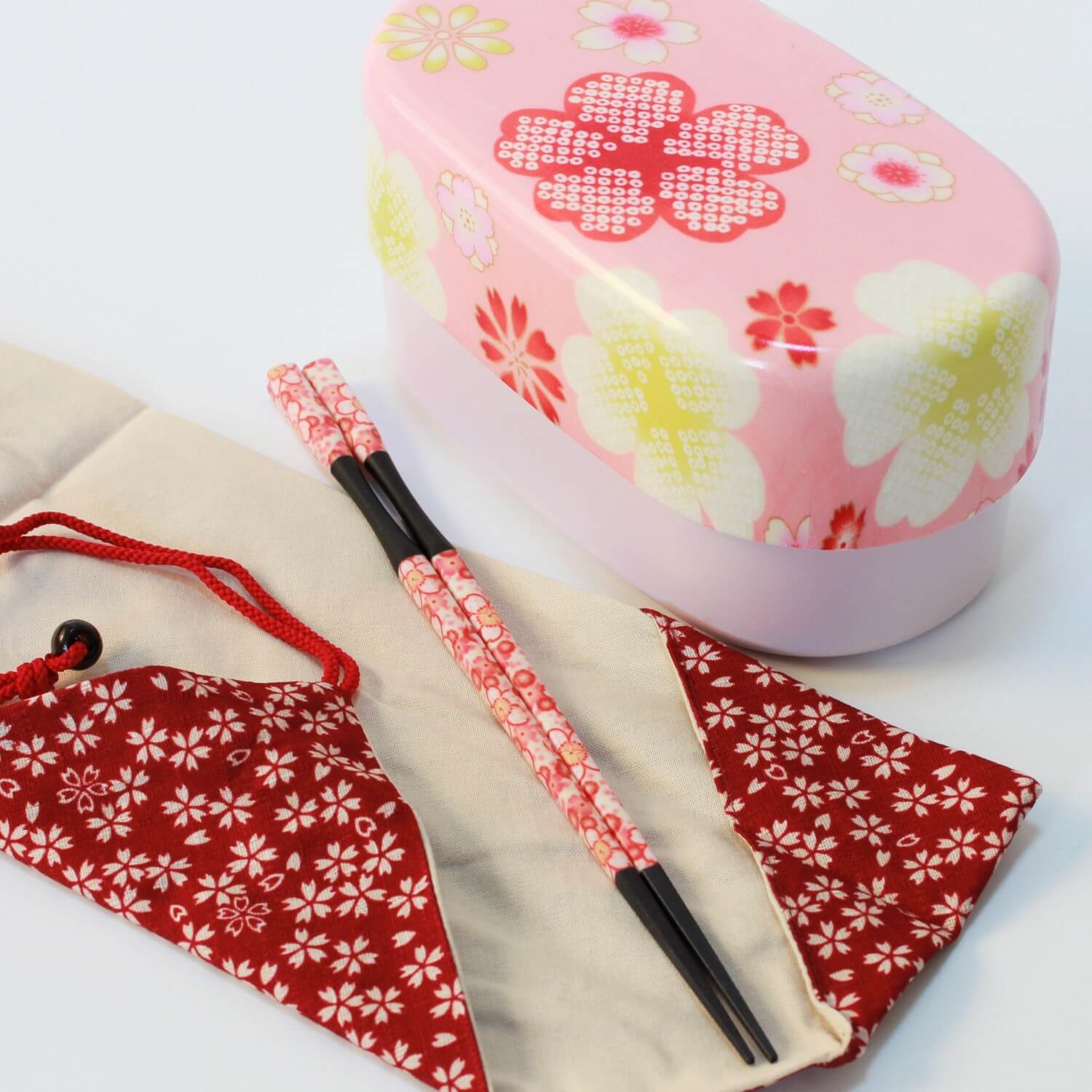What is jubako?
In Japan, bento boxes, or "obento bako," are an ingrained part of everyday life. They are used to pack lunches for children at school, for individuals at work or otherwise, and for outdoor activities like excursions, hiking and picnics.
While your typical bento box serves these everyday purposes, on special occasions in Japan, a "Jubako" is often used. The term "Jubako (sometimes spelt “Juubako" or “Jyubako”) literally translates to "stacked boxes," and it refers to a multi-layered, large capacity bento box.

Hanamaru jubako picnic bento boxes.
In modern times, jubako is strongly associated with "osechi ryori" in Japan, which is a traditional Japanese New Year's cuisine. Osechi ryori are special types of food that is prepared and offered to the ‘New Year Gods’. They are meant to represent some form of good fortune and eaten by families during the New Year period.
Osechi ryori in a 3 tiered jubako.
Unfortunately in this day and age of convenience, the tradition of preparing osechi ryori at home in Japan is slowing fading. Many households will order premade delicious and well-presented osechi to save time, although it can be quite expensive. Still, there are many households that do prepare it, and it can be a fun and fulfilling affair for the family.
 Preparation of osechi ryori in a Japanese household.
Preparation of osechi ryori in a Japanese household.
The history of jubako
Jubako is said to have evolved from containers in China called "Jikirou," which were used to store covered food. Its history dates back quite far, with references to jubako found in literature from the Muromachi period, between around 1333 to 1573. During that time, jubako was used more as a tea utensil container rather than a bento box.
 Tea brush.
Tea brush.
It wasn't until the Edo period in Japan (1603-1868) that jubako became more widely popular. Daimyos (feudal lords) used luxurious jubako to carry food for hunting and cherry blossom viewing excursions. The Edo period was relatively peaceful, allowing daimyos to enjoy leisure activities according to the seasons. The opulent, lacquered and gilded jubako that daimyos used back then still exist today. The concept of enjoying food in these boxes has remained consistent over time.
 A beautifully crafted jubako.
A beautifully crafted jubako.
Of course, not everyone in the Edo period enjoyed such hobbies and luxuries like the daimyos but as time went on, jubako gradually became more accessible to the common people.
Jubako as a symbol of good luck
In osechi ryori, various items are packed into jubako, each with specific symbolic meaning. There are traditionally four tiers, although depending on the region, 3 or 5 tiers are the norm. Since Japan has always valued the four seasons, it is believed that this is why there are four tiers. Below is a 5 tiered, round jubako used during the Edo period and passed down through generations. It was photographed at the home of one of the suppliers we partner with for our jubako in store.
 Round 5 layered jubako.
Round 5 layered jubako.
The layers are named from top to bottom: ichi-no-juu (first layer), ni-no-juu (second layer), san-no-juu (third layer), and yo-no-juu (fourth layer). The "yo" in yo-no-juu comes from the character used to avoid the negative association of "shi" (death). If there is a fifth layer, this is called go-no-juu. Typically, the last layer is left empty to store good fortune.
Guide for filling jubako with osechi ryori
Each tier has designated dishes to be placed, although there are no strict rules on what types of food must go into any particular layer. This depends on the region in Japan. The only consensus is that a layer should contain one theme of food. For example:
- Ichi-no-juu usually contains "celebratory side dishes" with auspicious meanings, such as black beans, herring roe, and handmade dishes.
- Ni-no-juu contains "appetizers," which are the first courses in a traditional Japanese meal. Examples include datemaki (sweet rolled omelette), red and white pickled vegetables, and rolled kombu seaweed.
- San-no-juu contains "grilled dishes," featuring main courses like grilled yellowtail fish or shrimp.
- Yo-no-juu contains simmered dishes like vegetables and braised chicken.
- Go-no-juu is left empty, symbolizing a place to receive blessings from the gods.
 Osechi-ryori prepared in a 4 layered jubako bento box.
Osechi-ryori prepared in a 4 layered jubako bento box.
There are regional variations and different opinions about how to organize the food. Some people use three-tiered, while others use five-tiered jubako. It's more about a flexible approach rather than strict rules.
Jubako as a traditional craft
Today, there are affordable jubako made of plastic or resin. The popularity of microwave ovens may have contributed to this trend.
The Enyama shidare sakrua picnic bento box (jubako) in our store is made from a resin. The decorations have been hand printed.
Historically, jubako was made from wood, and the luxurious ones were finished with Japanese lacquer. Even today, jubako that incorporates lacquerware techniques have become traditional Japanese craft items. Some are even made using high-quality hinoki wood. Many such jubako are also decorated by ‘Maki-e’, which is a lacquer dedecoration technique where beautiful patterns, motifs and designs are drawn on the surface and sprinkled and brushed with gold or silver powder.

Wooden jubako with beautiful 'matsu' (pine) tree and 'maki-e' design.
The art of lacquerware, including jubako, is designated as an intangible cultural heritage by UNESCO. It joins 16 other traditional Japanese crafts like gold leaf production and tatami mat making.
Contemporary Use of Jubako
Apart from osechi ryori, jubako is used for various purposes. It's handy for children's sports events, picnics, outings, and group lunches. When used outside, in the context of osechi, the traditional rules for filling it are often not a primary concern. It's more about creating a more luxurious and special meal with great visuals to enjoy together on these occasions.
 Sushi prepared in the hanamaru brown 3 tier picnic bento box (jubako).
Sushi prepared in the hanamaru brown 3 tier picnic bento box (jubako).
Unfortunately, not every household in modern Japan has a jubako. As mentioned, more recently the tradition of making osechi at home has shifted towards purchasing it pre-made. Some younger generations may know the term "jubako" but have never seen one in person. That's why efforts are made to continue sharing the cultural significance of jubako, which reflects the Japanese spirit and culture of preparing food with care and respect for the seasons.
Outside of Japan, jubako can be loosely translated or viewed as picnic bento boxes. This is probably due to how they have been promoted in their usage. As large stackable boxes, they can be used to pack and organize larger portions of food to be enjoyed outdoors. And due to their inherent design, they can be used to beautifully present food at social gatherings.
 A Christmas themed food prep in a picnic bento box (jubako).
A Christmas themed food prep in a picnic bento box (jubako).
Whatever they are called, their growing appreciation and popularity as a symbol of form and function is a proud export of Japanese culture.
In closing
At Majime Life, we’d like to introduce more of the jubako culture into Australia. While the tradtional wooden and lacquer coated jubako are very beautiful and represent one of the best of Japanese craft, they are often expensive, upwards of several hundred dollars. They also require more maintenance and may not be practical for everyday use. But they certainly make elegant gifts and can be used for special occasions.
For more day to day use though, plastic and resin variations of jubako are a great alternative, and will still keep you in touch with the Japanese craft and culture. We would love for you to have a look at jubako, or picnic bento boxes, we offer in store. Please reach out if you have any questions.




